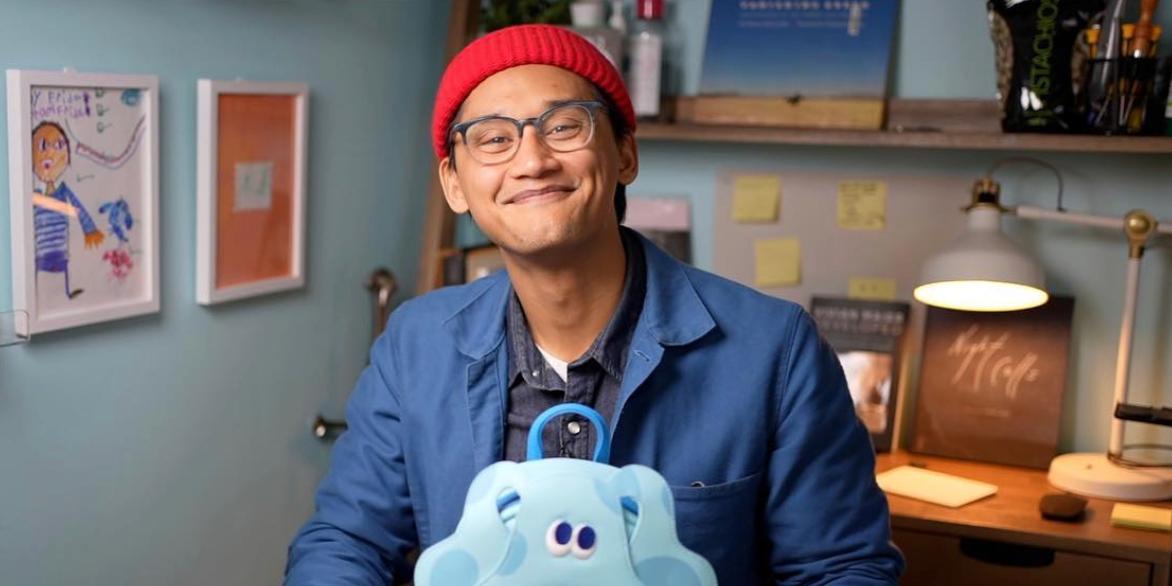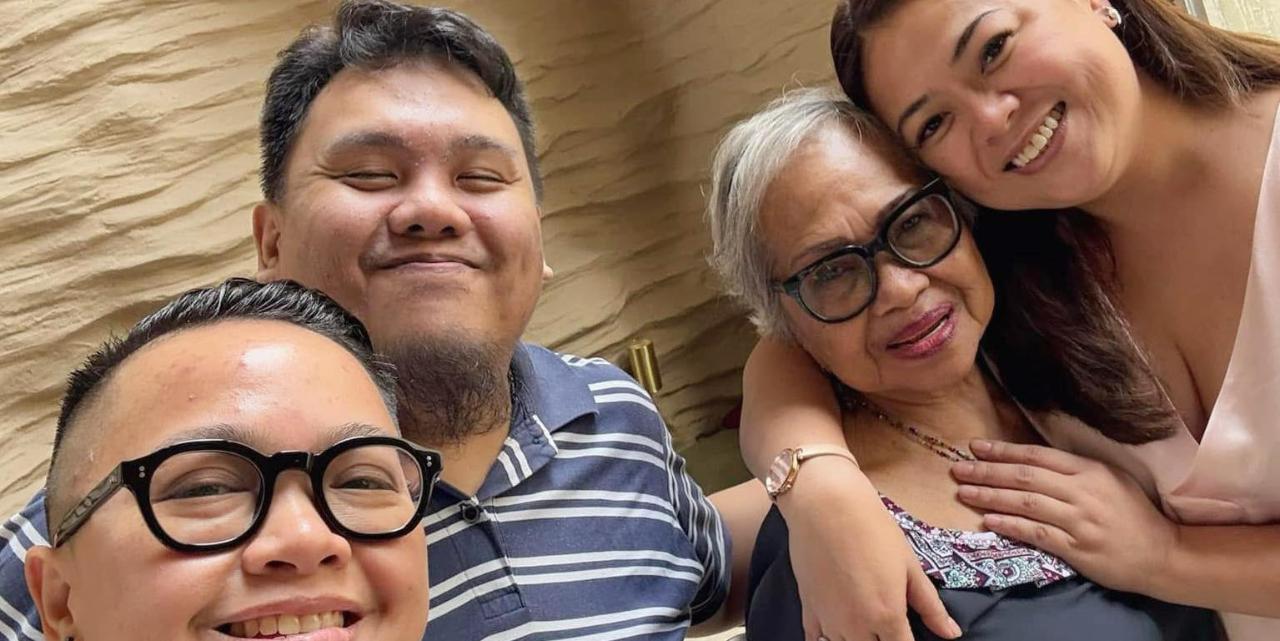
Upgrade to High-Speed Internet for only ₱1499/month!
Enjoy up to 100 Mbps fiber broadband, perfect for browsing, streaming, and gaming.
Visit Suniway.ph to learn
Social enterprise Punique Handicrafts continues to champion Malolos’ age-old craft this Lenten season and beyond
Palm Sunday marks the beginning of Holy Week. It commemorates the triumphant entry of Jesus Christ into Jerusalem, fulfilling an ancient prophecy that would ultimately lead to His crucifixion and resurrection. In the Bible, the crowd welcomed the Messiah by laying down palm branches—symbols of peace and triumph. In the Philippines, Palm Sunday is not only a Christian celebration but also a time when a unique aspect of local heritage shines.
Puni is a traditional Filipino art of weaving coconut fronds or buri leaves by folding, plaiting, or braiding. Puni, meaning “to decorate or beautify,” has long been used in crafting palaspas (decorated palm fronds for Lent), as well as practical items like food containers (puso in Cebu) and playful objects like sepaktakraw balls, swords, fish, and birds.
 Punique Handicrafts past palaspas creations
Punique Handicrafts past palaspas creationsWhile puni weaving can be found in various parts of the country, Malolos, Bulacan has remained one of its strongest bastions—where the art is actively taught and passed down through generations. Among those who championed its preservation were Gigi Garcia and the late Rheeza Hernandez of the Malolos Puni Art Group. Together, they co-established Puni De Malolos to promote this once-fading tradition. In 2017, Gigi and her daughter-in-law Jonnah Garcia founded Punique Handicrafts to take that vision further.
As a social enterprise, Punique Handicrafts is committed not only to preserving the art of puni but also to providing sustainable livelihoods by supporting and empowering women artisans.
“In Malolos, puni weaving has been a long-standing tradition, passed down from generation to generation,” the brand shares. “The city’s strong cultural and historical identity, along with its commitment to craftsmanship, makes it a natural home for this art form.”
Today, Punique Handicrafts offers a variety of products showcasing different puni techniques. Its catalog ranges from bridal bouquets and fashion accessories to holiday décor. For the season, it unveils a fresh take on the palaspas with its 2025 collection.th
 The brand's 2025 paladpas collection
The brand's 2025 paladpas collectionThe new palaspas feature a combination of classic weaving patterns such as sinawa (snake-like), higad-higaran (caterpillar), along with the ikot (ascending weave) and tigbi (diamond-shaped) bead elements. Completing the ensemble is the traditional bola (ball) design, which adorns the handle.
“We chose these different weaving techniques to add texture, movement, and elegance to each palaspas piece,” the social enterprise shared in an interview with Manila Bulletin.
These palaspas are Filipino through and through—from the materials to the hands that mold and weave them. The Malolos-based shop primarily uses buri or young coconut leaves sourced from trusted local suppliers in Quezon and nearby provinces. These are selected for their flexibility, freshness, and suitability for weaving.
“Once we receive the dried buri leaves from our suppliers, we cut them into strips using our ‘linasan’ cutter,” the team explains. “Our Quezon suppliers use dyes to offer various color options, and we also commission the Philippine Textile Research Institute (PTRI) under the Department of Science and Technology (DOST) to create special color combinations.”

 Punique Handicratfs hosting palaspas-making workshops
Punique Handicratfs hosting palaspas-making workshopsThe real heart of the operation, however, lies with the Malolos women weavers, affectionately called “Puniqueras.” These artisans receive ongoing training and design guidance to sharpen their skills while staying true to tradition. They work closely with the store’s master artisan and senior designer to transform woven components into contemporary works of art.
“Each piece highlights the creativity and skill of our artisans and reflects our dedication to keeping Filipino craftsmanship alive,” says Punique Handicrafts. “Moving forward, we are exploring more fashion and lifestyle items to expand the modern utility of our beloved craft. We’re excited to share our art with the rest of the world!”
Punique Handicrafts is located at 21 Kamagong St. Brgy. San Vicente, Malolos City, Bulacan. To know more about its offerings, visit @puniqueph on Instagram.

 2 months ago
23
2 months ago
23



